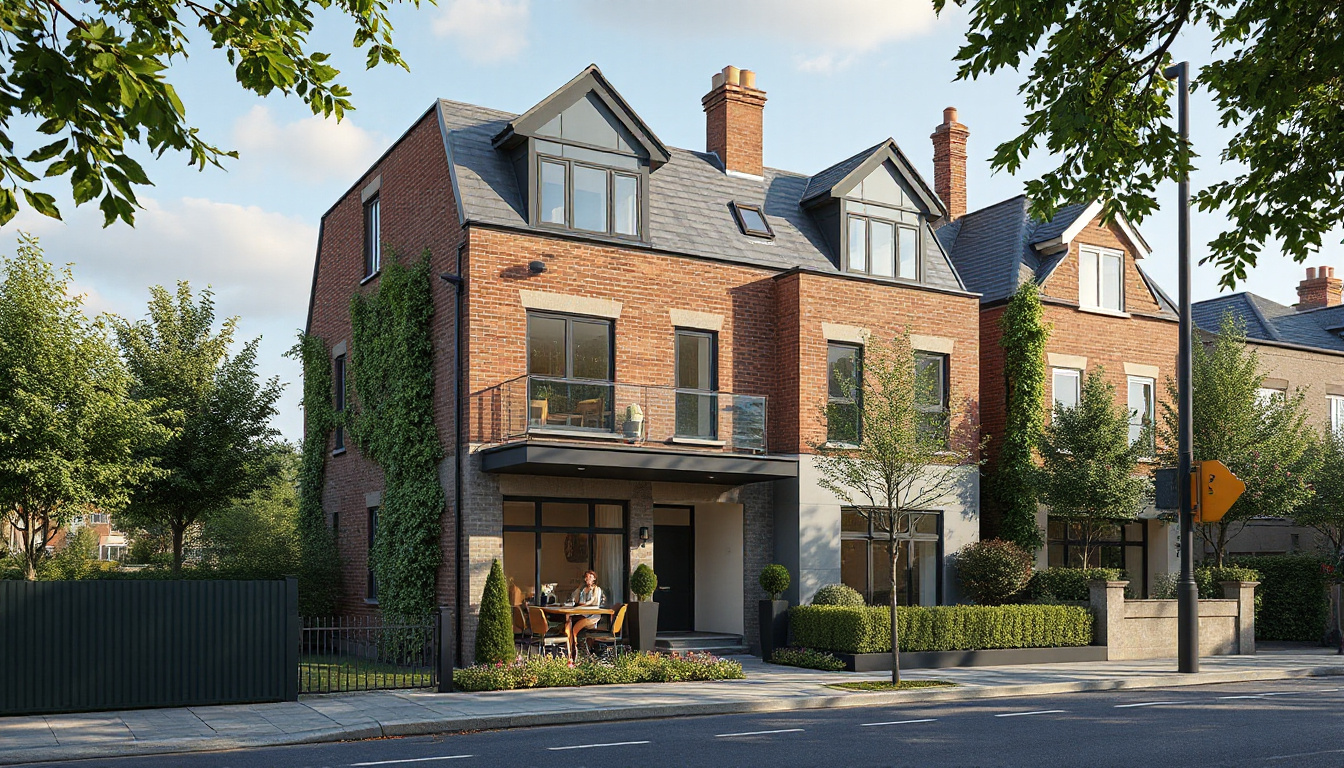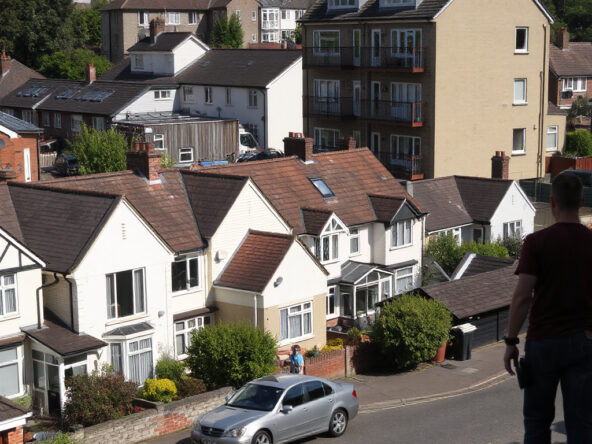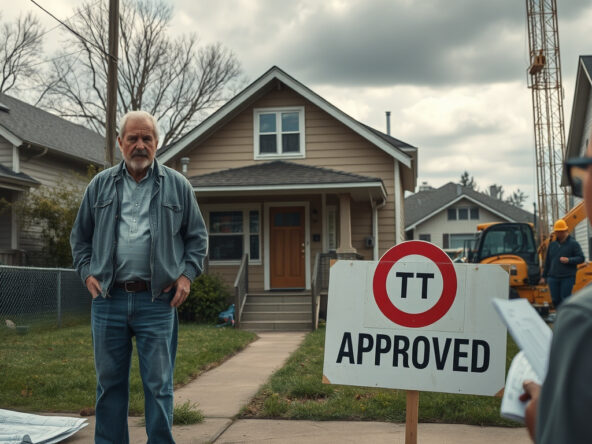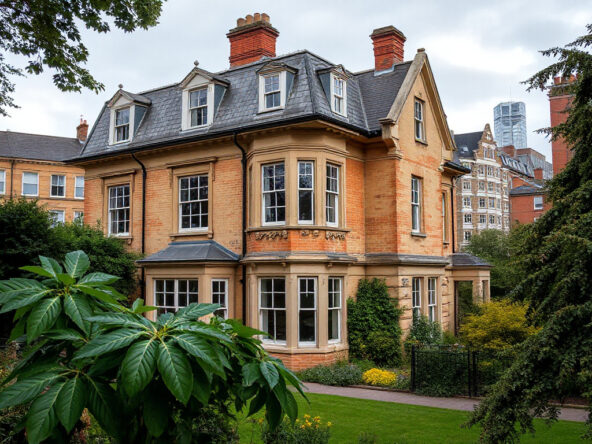Plans to Develop Eight-Bed House in Multiple Occupation in Bury
Introduction
A proposal has been articulated to transmute a domestic edifice situated on Manchester Road in Bury into an eight‐bed domicile designed for multiple occupancy, a measure that adheres to an emergent paradigm in residential conversion characterised by communal habitation and facilitated by proximate access to an abundance of essential amenities and efficient transportation networks.
Details of the Development
Within the ambit of the proposal a two‐storey terraced residence undergoes a transformation into an integrated communal living space wherein the ground floor is reconfigured to incorporate a pair of bedrooms each appended with an independent hygienic unit alongside an expansive kitchen/dining/living area that provides direct access to an external rear yard, while the first storey is methodically redesigned to accommodate four self-contained bedroom suites and the loft—modified via the insertion of a rear dormer in conjunction with a front roof light as mechanisms to augment the internal spatial quality—introduces a further duo of rooms that together culminate in an aggregate of eight distinct sleeping chambers, with the external space receiving specialised installations such as fixed bench seating and sealed enclosures for the storage of refuse receptacles and bicycles.
Accessibility and Community Integration
Positioned within a locale renowned for its vibrancy, the property is ensconced in immediate proximity to fundamental services and a robust network of public transit that interfaces directly with a principal highway leading to the nucleus of Bury, a circumstance that finds corroboration in the preexisting seven‐bed multiple-occupancy unit on an adjacent terraced structure which substantively validates the feasibility and communal acceptance of such residential conversions.
Community Feedback and Concerns
Notwithstanding the anticipated proliferation in shared habitation the proposal encounters articulated apprehensions from local residents regarding vehicular accommodation, with specific reference to the insufficiency of on-street parking—a concern amplified by the spatial constraints imposed by a neighbouring multiple-occupancy establishment—which the development address by omitting any designation for on-site dedicated parking in a deliberate strategy that instead advocates reliance on the proximate public transport network.
Conclusion
Subsequent to an evaluative review by the local council in the impending weeks the contemplated eight‐bed multiple-occupancy scheme on Manchester Road encapsulates a broader residential market trend that, while contending with logistical challenges such as limited parking and spatial reallocation, may ultimately provide a more economically accessible home solution within an urban setting marked by dynamic shifts in residential patterning, thereby necessitating informed scrutiny by both property developers and potential investors as urban habitation paradigms continue to evolve.



